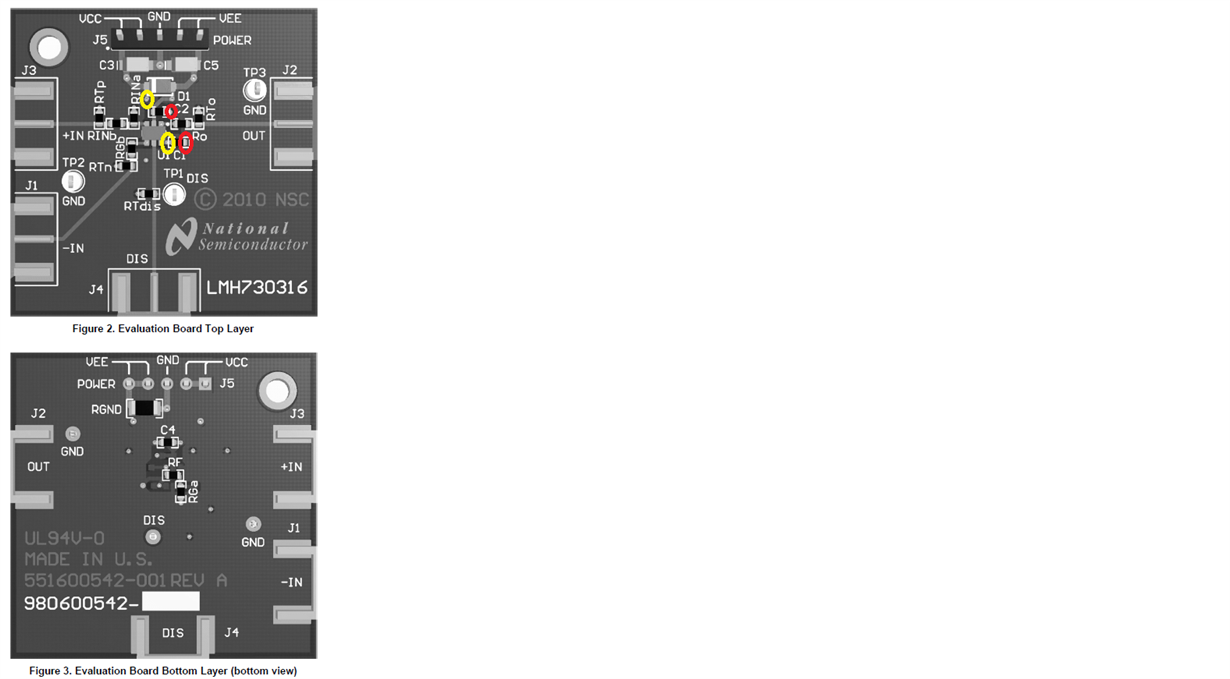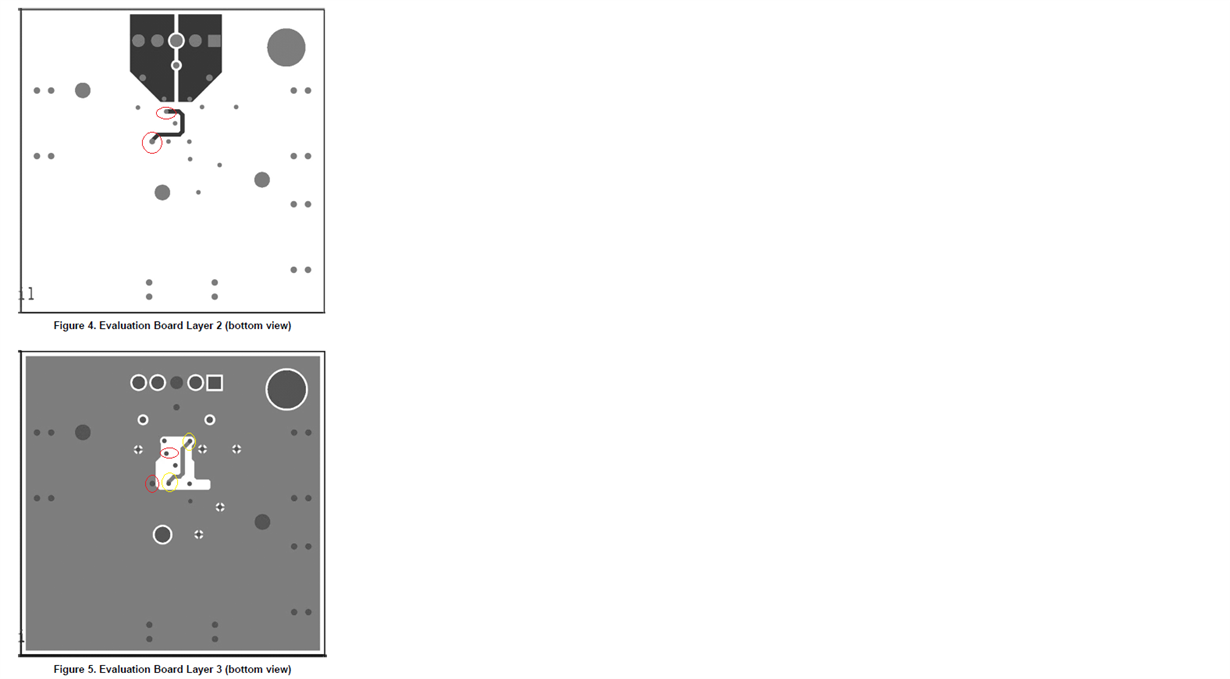Other Parts Discussed in Thread: LMH730216, , DUAL-DIYAMP-EVM
We are designing an instrumentation amplifier based on the LHM6703 SOT-23-6. There was a previous request for the LMH730316 gerber files. TI replied that they didn't have the gerber files for the LMH730316 and recommended the LMH730216. Was this only because the LMH730216 gerbers are available or is the high-speed performance of the LMH730216 better than the LMH730316.
I there a high-speed instrumentation amplifier circuit evaluation board based on three discrete op-amps that is available from TI for reference?
Thank you!




